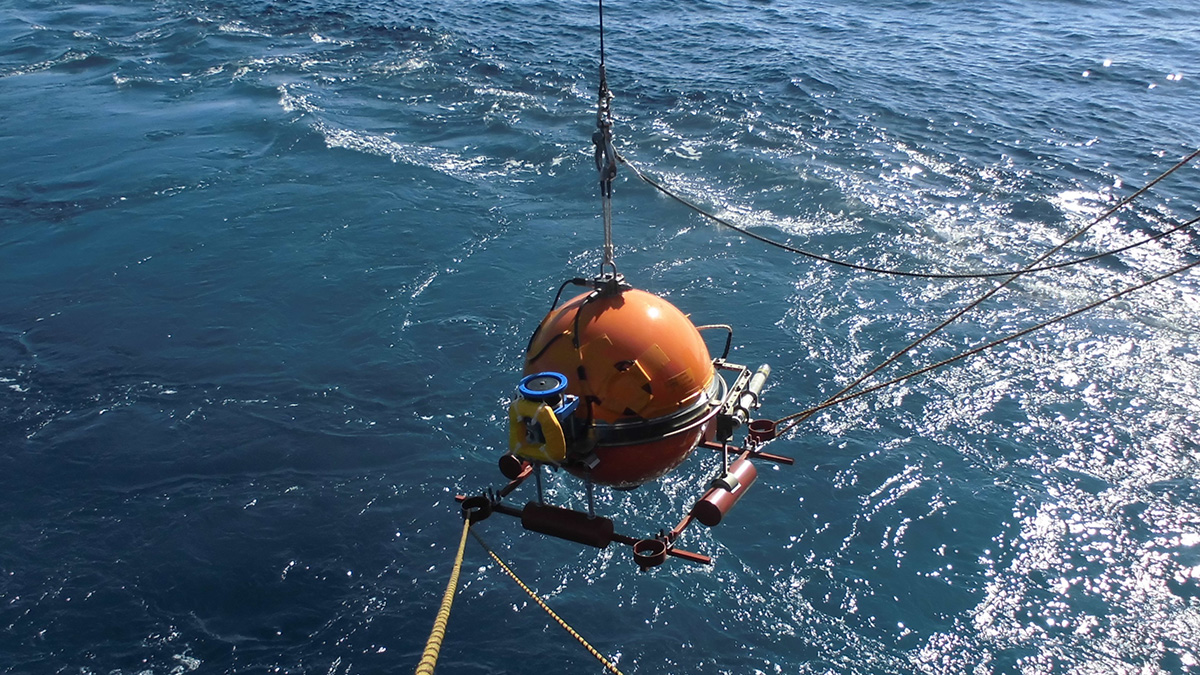A translation of this article was made by Wiley. 本文由Wiley提供翻译稿。
Source: Journal of Geophysical Research: Solid Earth
The oceanic lithosphere forms at the summit of ocean ridges during seafloor spreading. Still, the formation of ocean basins is complex, influenced by smaller-scale convection, stagnated pieces of the lithosphere, and tectonic motion from nearby plates. These factors can produce a solid, outer layer of Earth with different structures at different depths.
In a new study, Ai et al. discovered that the Japan Basin in the Sea of Japan has two distinct layers. Their findings suggest that the basin formed through seafloor spreading. However, it was bifurcated and reorganized later by small-scale mantle convection.
The researchers used ocean bottom seismometers to collect earthquake waves, create a structural model, and see into the depths of the lithosphere.
They discovered a distinct discontinuity in the midlithosphere. Toward the surface, seismic wave speed differed depending on its direction—a phenomenon called seismic anisotropy. However, this directional preference attenuated deeper toward the mantle.
They attribute these differences to the structure of the lithosphere. The minerals in the upper lithosphere were neatly organized in a fashion called lattice-preferred orientation, which the team says formed during seafloor spreading 20–15 million years ago. That directionality in the mineral’s organization produces seismic anisotropy.
After seafloor spreading ceased, small-scale convection in the mantle shuffled the organization of the innermost lithosphere. The now-jumbled organization of minerals reduces the anisotropy at the lithosphere-mantle boundary. Similar small-scale convection could be randomizing the orientation of minerals in regions experiencing seafloor spreading today, the authors say. (Journal of Geophysical Research: Solid Earth, https://doi.org/10.1029/2022JB025581, 2023)
—Sarah Derouin (@Sarah_Derouin), Science Writer

